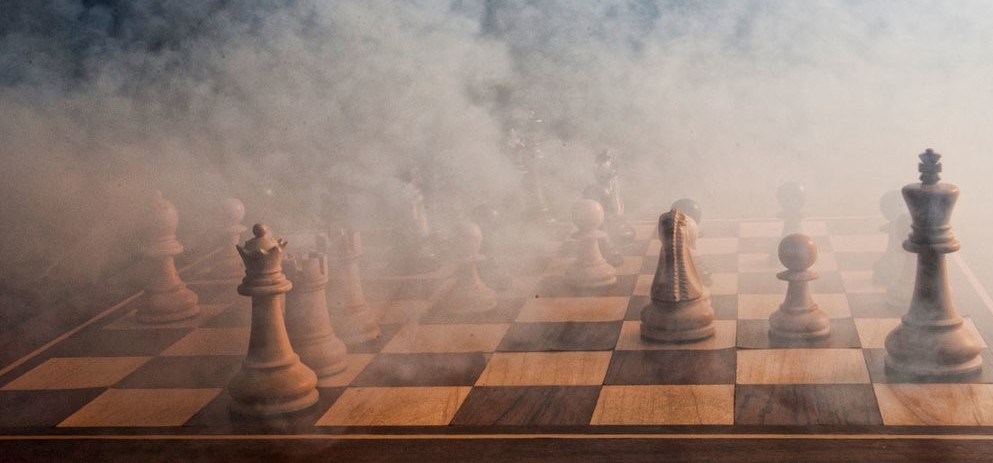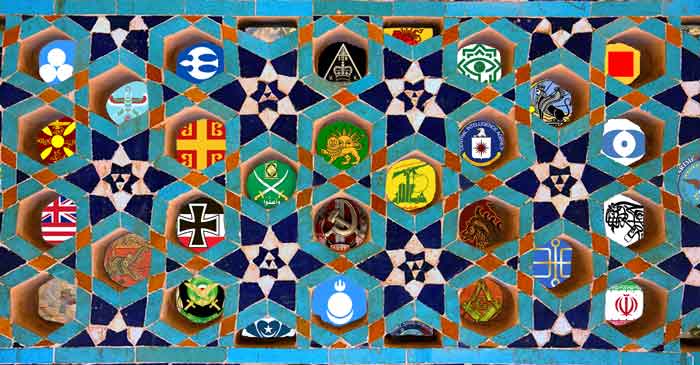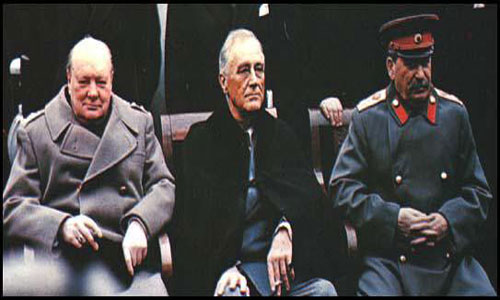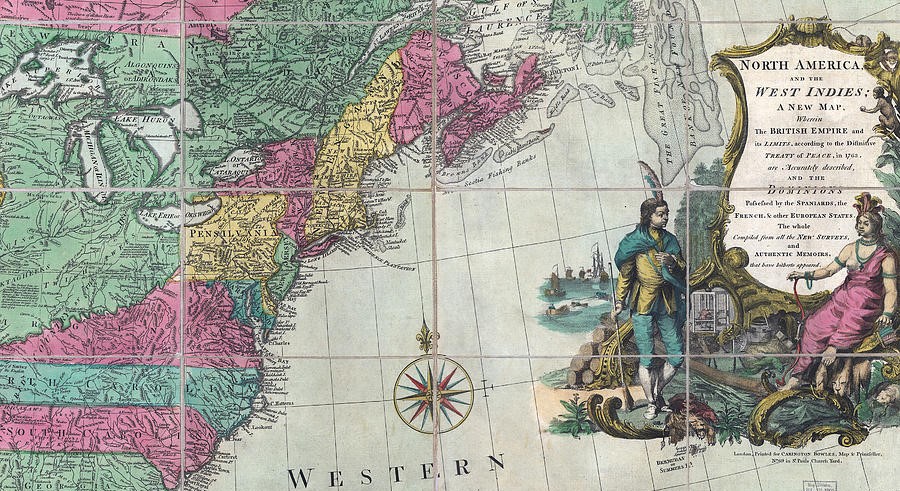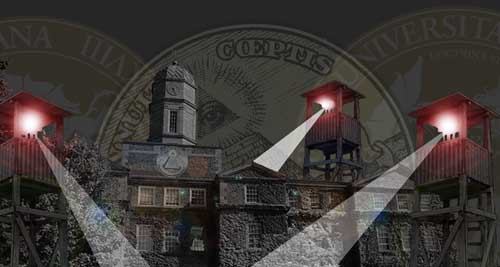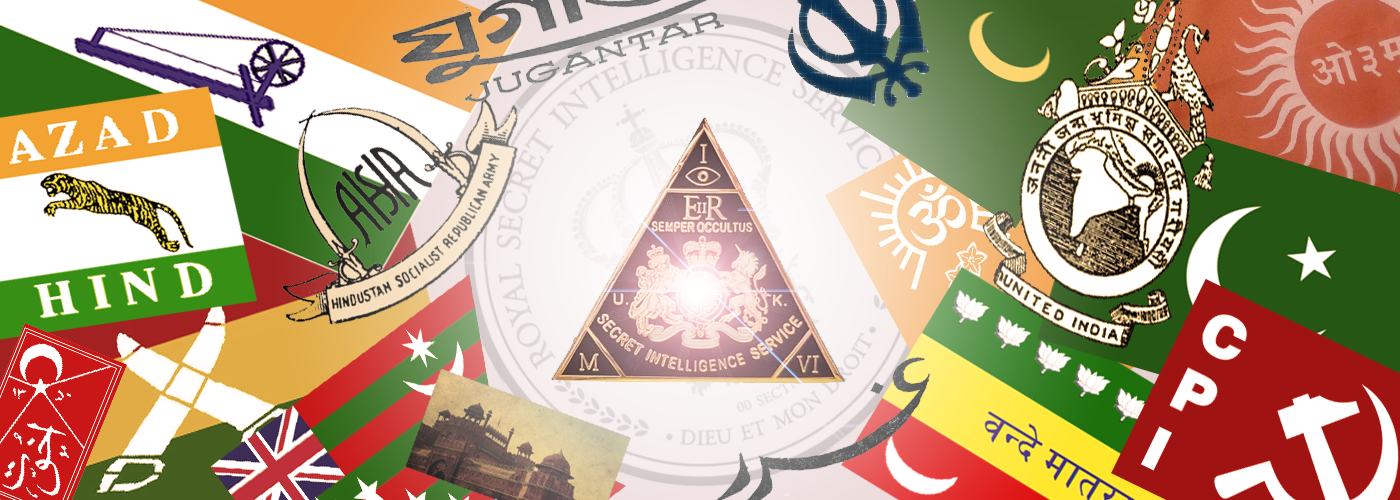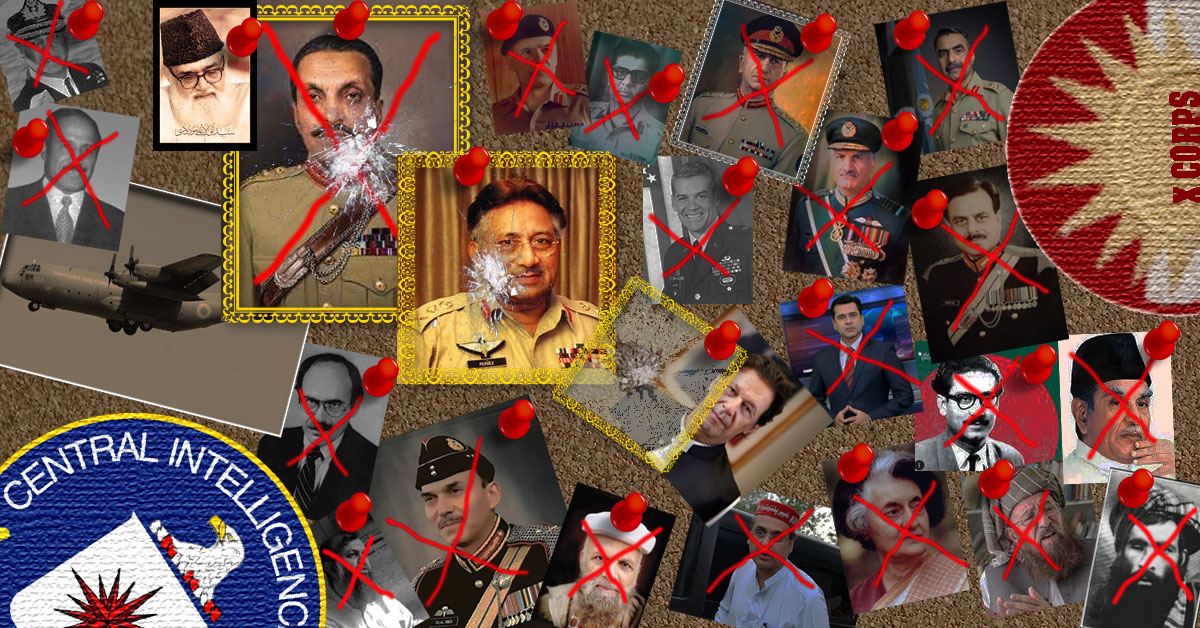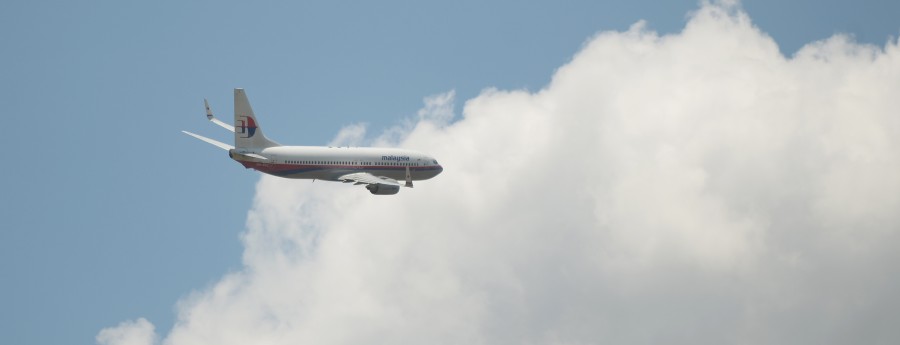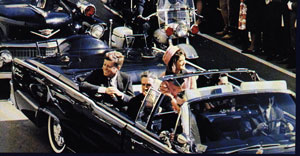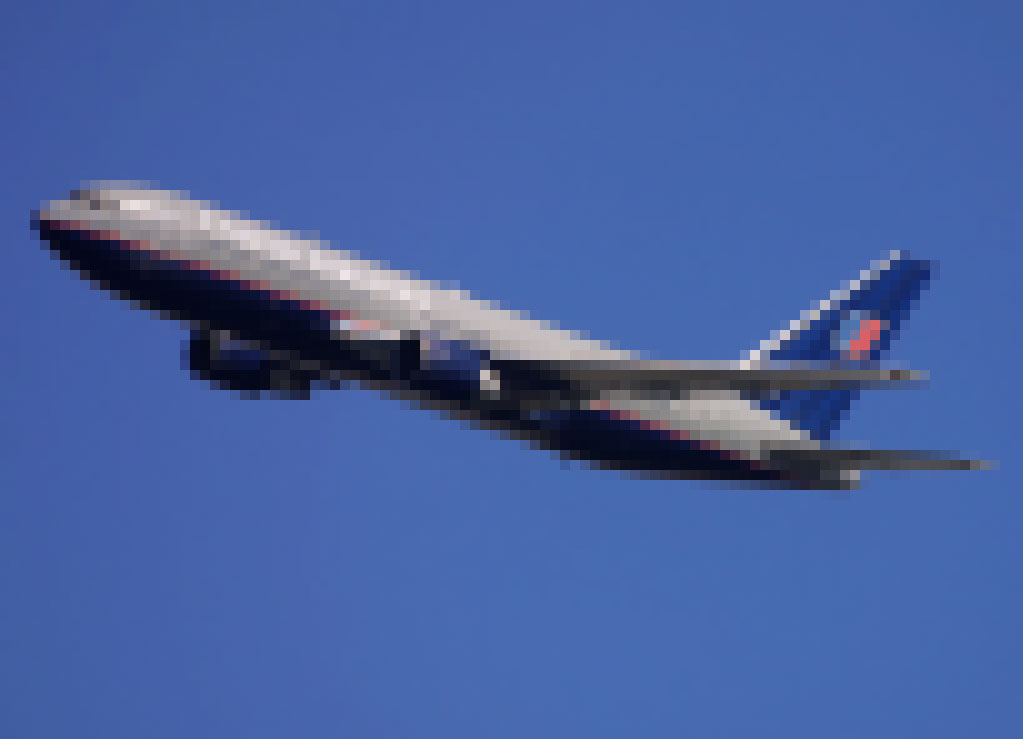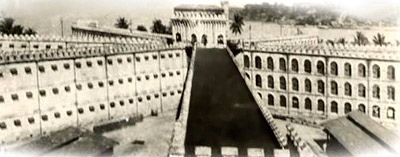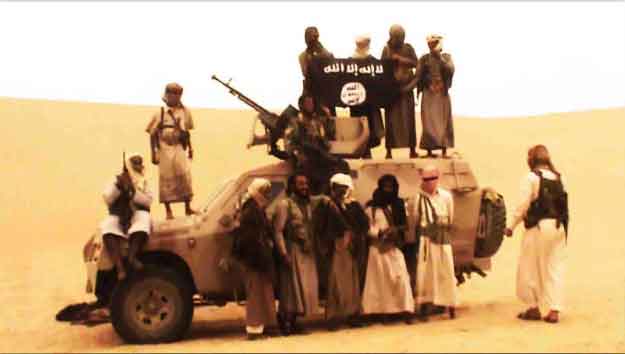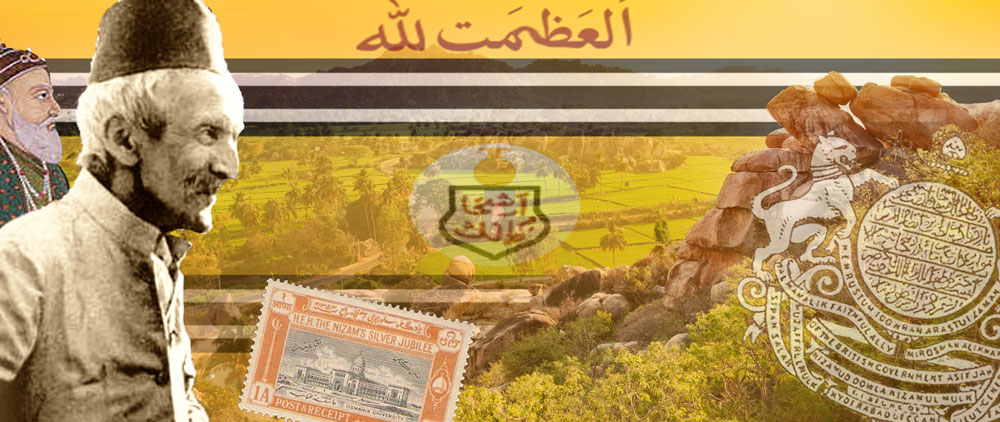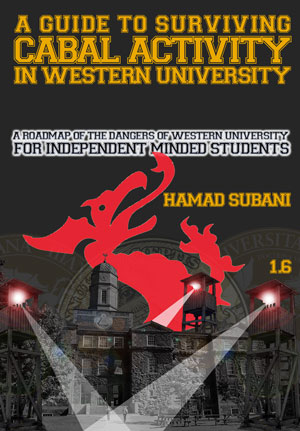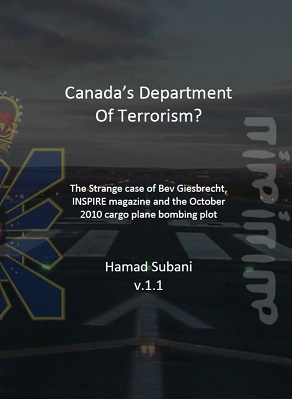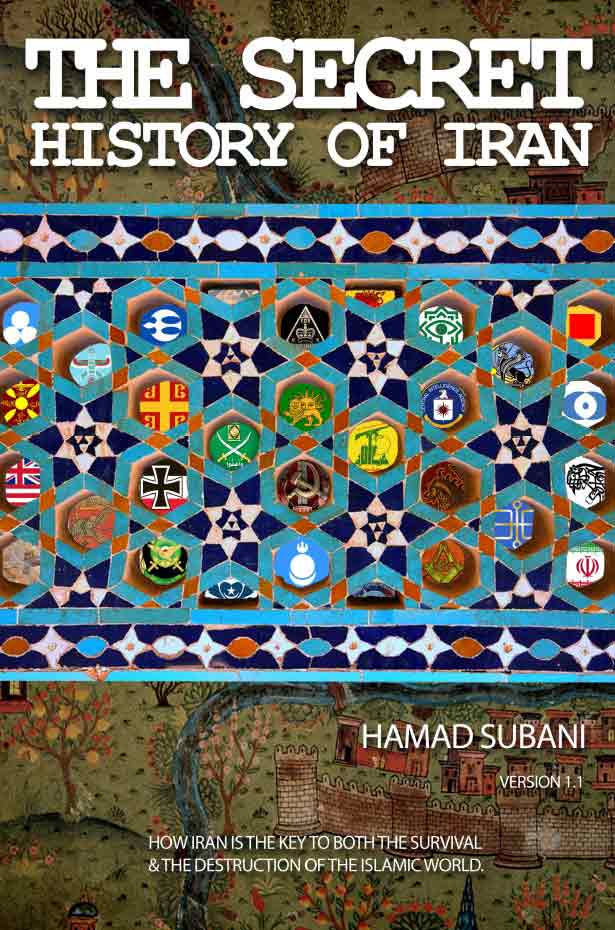
Chapter Three: General Zia and the Golden Age of Pakistan*
* And the Golden Age of Jihad.
The hanging of Bhutto was the best thing to ever happen to Pakistan, and maybe the Pakistani people should celebrate it as the real Pakistan Day. Establishment historians claim that Pakistan became “independent” in 1947 just because the British departed the region at that time. In reality, only neighboring India became “independent” in 1947, because it had some legit leaders at the helm. In Pakistan, carefully planted cryptos quickly established themselves as neo-colonists. And it was only in 1979 that they were dealt with their first blow. Ironically, freedom for Pakistan came in the form of a military coup against a “civilian” leader, which makes it easily misunderstood as just another power struggle.
Ironically, freedom for Pakistan came in the form of a military coup against a “civilian” leader, which makes it easily misunderstood as just another power struggle.
The hanging of Bhutto is what makes me have some degree of faith in the common people of Pakistan. Nowhere else in the world do crypto-Phoenician leaders end up with the noose. Can we mentally picture Kissinger, the Clintons or Tony Blair getting executed in their respective countries?

Following the hanging of Bhutto, the crypto-Phoenicians of Pakistan fearfully scurried away, and General Zia[1]General Zia, a Punjabi, was chosen by Bhutto because Bhutto was fearful of Pashtun officers. was able to wholeheartedly pursue a jihad against the Soviets. Had he not done so, the entire Subcontinent would have been turned into another China, once the Soviets crossed into Pakistan and then into India. He also reversed all the earlier attempts to de-Islamicize Muslim personal law and replace it with Western traditions, which had been started under Ayub Khan. General Zia also cultivated the MQM in Karachi to counter the PPP. But soon after him, they were eviscerated, as the Baghdad Spooks could not tolerate any competition on their own turf.
American support for the jihad in Afghanistan is exaggerated. It only happened because of the efforts of a singular Senator named Charlie Wilson (Democrat-Texas), and American socialite Joanne Herring. Just as the Soviets were retreating in 1988 and just four days prior to publicly signing their retreat agreement, the CIA blew up the largest arsenal of mujahideen weapons in Pakistan. This prevented the mujahideen from closing in on Kabul, which instead fell in the hands of wicked, opportunist warlords. It would be much later that the Taliban would capture Kabul. The CIA would also do its best to impose Osama Bin Laden on newly independent Afghanistan, and he would later open the gates for American military involvement in the region.
Some Pakistanis believe this era was the best days of Pakistan (so far) and there was visible development and prosperity. And this developmental trend continued long after Zia, well into the 90s, until Nawaz Sharif succeeded in reversing it.
Some Pakistanis believe this era was the best days of Pakistan (so far) and there was visible development and prosperity. And this developmental trend continued long after Zia, well into the 90s, until Nawaz Sharif succeeded in reversing it.
Zia is reluctant to incur the political costs of forcing Pakistan’s economy to operate within its means. Last fall he turned down a proposal of The International Monetary Fund that would have provided a $70 million standby credit for balance of payments support. In exchange for financial support, Zia would have had to curb rising public spending, especially on large government subsidies for a wide range of consumer goods.
-Needless to say, if Zia would have followed through with this proposal/trap, he would be deposed as the public would get angry at the increasing cost of consumer goods. An analysis by CIA’s National Intelligence Daily, 8th January 1979.
Soon enough, the Phoenicians realized that Zia was permanently altering the destiny of Pakistan, and they had to not only eliminate him, but also wrestle Pakistan back from his supporters in the Army. And so, the plan of assassinating Zia was given to Western Intelligence Agencies. I have covered it in detail in an earlier book. To quote (sources are in the book),

He was killed when his C-130 Hercules crashed on August 17th 1988. General Zia had grown too enthusiastic about supporting the mujahideen. For example, he ordered visas to be given to all foreigners who sought to fight the Russians. This resulted in an influx of Arab combatants who played a key role in turning the tide against the Soviets. According to the analysis done by Edward J. Epstein, a small container containing some lethal gas may have been dropped into the air vents of the C-130, and exploded upon takeoff. The Soviets were in possession of such gas. To quote Epstein, “According to the State Department’s special report 78 on “Chemical Warfare in Southeast Asia and Afghanistan,” which he sent me, corpses of rebel Mujahideen guerrillas were found still holding their rifles in firing positions after being gassed. This showed that they had been the victims of “an extremely rapid acting lethal chemical that is not detectable by normal senses and that causes no outward physiological responses before death.” This gas manufactured by the Soviet would have done the trick.” Recall the events of the Russian siege of Beslan, during which a top-secret gas was deployed. However, Epstein is of the opinion that American “VX Nerve gas” could have accomplished the same results as well. Epstein quotes an American chemical warfare expert that such a gas was likely to leave behind phosphorus as residue. There were traces of phosphorus in the cockpit of the C-130. A policeman at the airstrip was found murdered before the plane took off. Secretary of State George P. Schultz recommended to the FBI to keep out of the investigation, even though the American ambassador to Pakistan, Arnold Raphael had died in the crash as well. Raphael had developed views sympathetic to the mujahideen. The Soviets had declared publicly, a week before the crash, that Zia’s “obstructionist policy cannot be tolerated.” The Soviet foreign ministry told the American ambassador in Moscow Jack Matlock, that they intended to teach Zia a lesson. The Soviets were using Afghan intelligence to conduct bombings inside Pakistan at that time.
Confirming the gas theory is the fact that no Mayday signal was given. It seems there was an effort to cram as many Zia supporters as possible into that fateful flight. In addition to Zia, 31 others died in the plane crash, including chairman Joint Chiefs of Staff Committee General Akhtar Abdur Rahman, close associate of Zia, Brigadier Siddique Salik, the American ambassador to Pakistan Arnold Lewis Raphel and General Herbert M. Wassom, the head of the US military aid mission to Pakistan. The blackbox was never located.




General Durrani has been suspected of involvement in the assassination. To quote,
Durrani was the posted as the commander the 1st Armoured Division in Multan, and being the former MS to the president persuaded the then Army chief and president General Muhammad Zia-ul-Haq to witness the tank exercise in Bahawalpur desert on 17 August 1988. It was on its way back to Islamabad that the C-130 carrying the presidential and higher military entourage crashed right after taking off from Bahawalpur airport, killing everyone on board.
He was also suspected by, then United States Ambassador to India, John Gunther Dean for being extraordinarily insistent with President Zia to visit the demonstration. From many circles within Pakistan he is considered to be the prime suspect in the incident. Durrani could prevail on Gen Zia because he had been his most trusted military secretary.
As for Gunther Dean,

Dean’s suspicions that Israeli agents may have also been involved in the mysterious aircraft crash in 1988 that killed Muhammad Zia-ul-Haq, the president of Pakistan, led to a decision in Washington to declare him mentally unfit, which forced his resignation from the foreign service after a thirty-year career. Later he was rehabilitated by the State Department, given a distinguished service medal and the insanity charge was confirmed to be phony by a former head of the department’s medical service.
General Durrani served as the Pakistani Armed Forces attaché in Washington, D.C. from 1977-1982. From 2006-2008, he became Pakistan’s ambassador to USA. Later, he became Pakistan’s National Security Advisor 2008, at the behest of Shah Mir Spook Asif Zardari.
Since it was not possible to cram all the new military and political leaders who had emerged in the Zia era into that plane, we find a pattern of suspicious deaths, disappearances, poisonings and murders that continued well after Zia was gone. In 1993, General Janjua, the Chief of Army Staff of Pakistan (and a Zia era General) succumbed to poisoning while on the job. Another Chief of Army Staff of Pakistan General Karamat fended off a “religious” coup which was in fact directed by the Bhuttos.
The anti-Zia Alliance; Baghdad Spooks and Shah Mir Spooks come together

An anti-Zia alliance started being formulated immediately after the hanging of Bhutto. A movement called the “Movement for Restoration of Democracy” sprung up, which ironically received financial support from the non-democratic Soviet Union until the Soviet Union collapsed. The Bhuttos were closely linked with this movement. Bhutto’s son Murtaza founded a terrorist organization called Al-Zulfikhar. He had the support of the Soviet-backed government of Kabul. By then, many parts of the Arab world, namely Syria and Libya had some under crypto-Phoenician control. The Phoenicians also operated pretend Arab organizations like the PLO. All these Arab “leaders” were active in sending in mercy petitions for Zulfikhar Ali Bhutto. Now they started supporting Murtaza Bhutto in his terrorist campaigns. In 1981, Murtaza had a Pakistani plane hijacked PLO style and diverted to Kabul and then onto Syria. A passenger mistaken for the son of a Zia loyalist was shot, and after thirteen days, the passengers were released in exchange for the release of 50 PPP supporters in Pakistani jails. These prisoners were flown by Pakistan to Gaddafi’s[2]Did you know that Gaddafi has a son named Hannibal? That is a classic, pre-Islamic Phoenician name. Libya. Murtaza also arranged the assassination of Pakistani politician-businessman Chaudhry Zahoor Elahi, whose textile mills Bhutto had nationalized. He had filed an election nomination from the turf of Zulfikhar Ali Bhutto. Murtaza would flee Afghanistan for Syria when his younger brother Shahnawaz was poisoned by the ISI in the French Riviera.
Back in Pakistan, it was decided that instead of competing with each other, the Baghdad Spooks and the Shah Mir Spooks would put aside their differences and unite. But this time, the Shah Mir Spooks would be centerstage, as the Kashmir issue was now the main priority.
Back in Pakistan, it was decided that instead of competing with each other, the Baghdad Spooks and the Shah Mir Spooks would put aside their differences and unite. But this time, the Shah Mir Spooks would be centerstage, as the Kashmir issue was now the main priority. India was growing possessive over Indian Kashmir, and the Phoenicians hoped that they could somehow divert the momentum of the Afghan jihad towards Kashmir (Despite the fact that they had sabotaged the jihad in Afghanistan by letting warlords, rather than the mujahideen take over Kabul when the Soviets withdrew).

The most symbolic gesture of this new alliance was the marriage of Asif Zardari (Shah Mir Spook) with the daughter and political successor of Zulfikhar Ali Bhutto (Baghdad Spook). That was a match made……not in heaven. This lavish marriage took place in 1987, just one year before Zia’s assassination. The problem was that despite this alliance, this duo was still no match for the all-powerful Zia loyalists. There was however, a new Bhatt-Kashmiri-origin politician (Shah Mir Spook?) who had already made inroads into the Zia loyalist camp in the Army and had already established himself in the heart of Punjab. This was Nawaz Sharif. The Phoenicians realized that he had a great ability of keeping the Zia loyalists in the Army at bay, by pretending to be one of them, and playing the role of a “civilian leader” who catered to their interests.
And so it was decided that the Bhutto-Zardari combine would play the “Civilian” leadership of Pakistan while Nawaz Sharif would be the “Civilian” false opposition, who would appease the Zia loyalists in the Army (although he never was their friend). We thus find these two groups alternating as the Prime Ministers of Pakistan from 1988-1999, while at the same time, weakening the influence of what remained of the Zia loyalists in the Army, as well as preventing the emergence of other legit political leaders.
And so it was decided that the Bhutto-Zardari combine would play the “Civilian” leadership of Pakistan while Nawaz Sharif would be the “Civilian” false opposition, who would appease the Zia loyalists in the Army
While the Phoenicians had dismantled the Ottoman Empire following World War I, Ottoman Iraq had slipped out of their hands. It was only in 1963 that the Phoenicians would take Iraq. This time, they were pretending to be Baathists, and their new strongman in Iraq was Saddam Hussein,[3]Saddam would go on to create the grounds for US intervention in Iraq, and would then fake his death. He is rumored to be living in Russia. who had long been on the CIA payroll. Just like the Baghdad Spooks operating in Pakistan, he too was a crypto. And it is no surprise that once in power, he began extending help to his “cousins” in Pakistan. According to Salem Al-Jumaili,[4]In a series of interviews conducted by Asharq Al-Awsat. a former director of Intelligence the Baath Party, Saddam funneled money to Benazir Bhutto’s election campaigns. This further confirms that the Bhuttos were indeed Baghdad Spooks, and had some connection to Iraq.
Benazir Bhutto and Nawaz Sharif alternated as rulers of Pakistan (and when not ruling, they functioned as power-brokers) until Nawaz Sharif fled the country following a military coup in 1999, and Benazir Bhutto would be assassinated in 2007. From 1988-99, Pakistan regressed into corruption, and the influence of Zia-era figures in the Army and the Intelligence was slowly diminished. The next chapter deals with some notable events which took place in that era.
- Chapter Six: The Free-fall Years (2008-2018)
- Crypto Comeback in Post-Musharraf Pakistan
- Escalation in American Drone Strikes in Pakistan
- The Fake-killing of Osama Bin Laden
- The China-Pakistan Economic Corridor project
- The Murder of Mullah Omar
- The rise of the fake Tehreek-i-Taliban Pakistan in Pakistan (a CIA-linked terrorist group)
- The Deliberate Gutting of the Pakistani Economy
- Chapter Seven: Imran Khan, the designated “Last Prime Minister of Pakistan” and the Planned 2019 Indo-Pak War
- Political Leadership had to be Compromised by the Cryptos in both nations for the Planned 2019 Indo-Pak War
- Military Leadership had to be Compromised by the Cryptos in both nations for the Planned 2019 Indo-Pak War
- Nuclear Weapon Administration in both countries had to be Compromised and Compartmentalized by the Cryptos in both nations for the Planned 2019 Indo-Pak War
- Air Defense in both countries had to be Compromised and Compartmentalized by the Cryptos in both nations for the Planned 2019 Indo-Pak War
- Media had to be Completely Compromised by the Cryptos in both nations for the Planned 2019 Indo-Pak War
- What a Postwar Subcontinent would look like…..
- Chapter Ten: Lists of Cabal Operatives in Historical Pakistani Leadership
| ↑1 | General Zia, a Punjabi, was chosen by Bhutto because Bhutto was fearful of Pashtun officers. |
|---|---|
| ↑2 | Did you know that Gaddafi has a son named Hannibal? That is a classic, pre-Islamic Phoenician name. |
| ↑3 | Saddam would go on to create the grounds for US intervention in Iraq, and would then fake his death. He is rumored to be living in Russia. |
| ↑4 | In a series of interviews conducted by Asharq Al-Awsat. |


